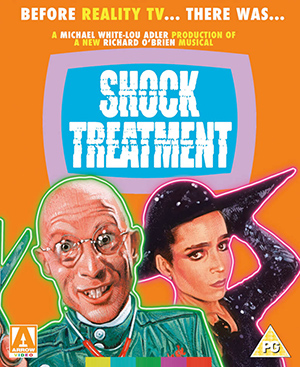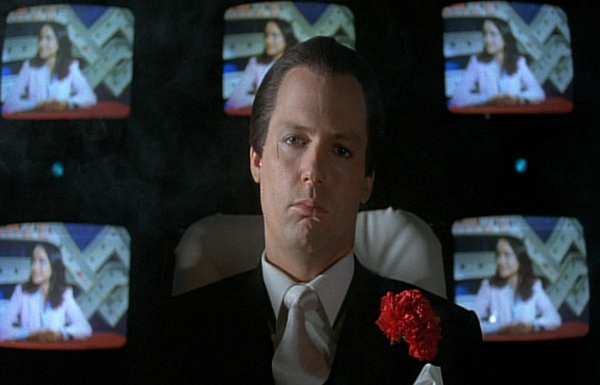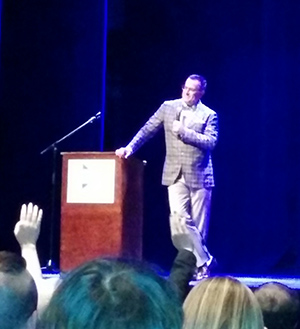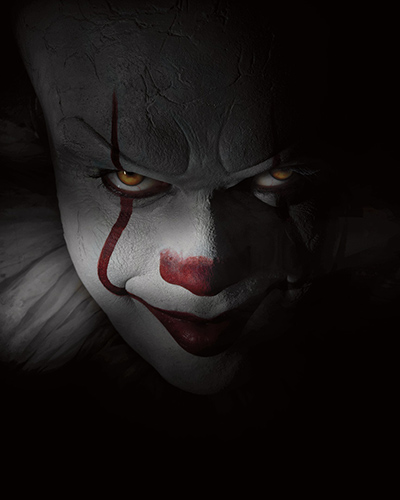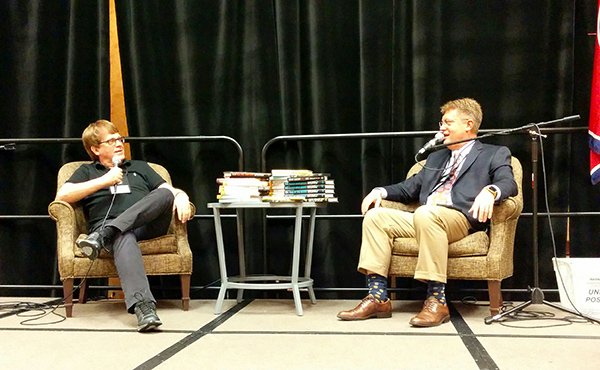Due to a flare-up of health issues, I will not be attending the imminent Bouchercon in Toronto. Barb will also be staying home. We are disappointed, obviously – we were to be on a panel together (a rare treat) and looked forward to seeing readers and signing books, while I am still enjoying MWA Grand Master 2017 bragging rights.
But I’ve had a rough month, leading to getting some medications adjusted and tests taken, with a procedure (not an operation) likely. Just part of the ongoing effort to stay on the green side of the grass. Please don’t be unduly alarmed. Don’t even be duly alarmed.
Throughout a month of sickness, I nonetheless wrote Killing Town, chronologically the first Mike Hammer novel, working from a substantial (60 double-spaced pages) Spillane manuscript from around 1945…before I, the Jury!! It has an ending that will either delight, outrage or disgust you…perhaps all at the same time.
Delivered it yesterday. Killing Town will join The Last Stand in the celebration of Mickey’s centenary, the first Mike Hammer novel bookending the final Spillane solo novel.
Barb and I went to two movies recently, both of which were based on “true” events (as opposed to what, fictional events?), and both were entertaining.
One was Battle of the Sexes with Emma Stone as Billie Jean King and Steve Carell as Bobby Riggs in seriocomic look at the much ballyhooed match between a onetime tennis champ (male) and a current tennis champ (female).
The other, also a comedy-drama, was Victoria & Abdul, in which a lowly Muslim clerk is chosen (because he is tall) to go to England to present Queen Victoria with a gift for her Golden Jubilee from her loyal Indian subjects. The elderly queen takes a shine to him and they become friends (not lovers, though there is a friendly flirtation). Judi Dench presents an amusing and touching portrait of the aged queen, and Ali Fazal is almost as good as a man who is somewhat naive and perhaps a little too ambitious but basically decent.
I enjoyed both films, but Victoria much more. The actors in Battle cannot be faulted, and not just the leads – the supporting casts in both these films are first-rate. The films share a similar agenda – each one attempts to make some serious societal points through the story being told while keeping that story itself the primary goal.
On this score Battle fails rather miserably. Rather than focus on the equality of women as the clear central issue, it takes a sustained side trip into gay rights, by way of a romance novel-ish treatment of the married King’s relationship with another woman (who becomes the team’s hairdresser). What could have been an impactful sidebar insists on being much more, ballooning the film to over two hours.
Instead of allowing the social satire to play out – to let a depiction of the events make the points at hand, in particular the neanderthal attitudes toward women that righteously fuel feminism – a heavy-handedness and even at times embarrassing editorializing (“One day people will be allowed to love who they love”) clouds the narrative and does something Billie Jean King would never do: take the eye off the ball.
On the other hand, Victoria charms and delights, allowing the anti-Indian (and specifically anti-Muslim) attitudes of those around the Queen to speak for themselves. Effortlessly, points are made about today in this look at yesterday – exactly what Battle should have been doing.
Victoria’s director, Stephen Frears, has never been a big favorite of mine; but I now think I may have been wrong about him. His direction here is quietly stylish, the performances he gets from wonderful British actors (particularly Eddie Izzard as the king-to-be) faultless.
Meanwhile, the direction of Battle is plagued by handheld cameras and crushingly claustrophobic close-ups, particularly in the syrupy lesbian love sequences. On the other hand, the film’s tennis court action is well-done and compelling. Two directors are credited, Jonathan Dayton and Valerie Faris (of Little Miss Sunshine fame).
Barb and I spend October evenings watching horror movies, in anticipation of Halloween. Last year we watched mostly Hammer horror. The year before we watched the Nightmare on Elm Street movies and the Halloweens.
This year began with a terrific little sleeper called The Final Girls (2015). This one is so original and clever that I don’t want to spoil it for you, but prepare to have the chills work even though laughs are what it’s mostly after. In brief, some kids at a horror film somehow wind up inside that very horror film.
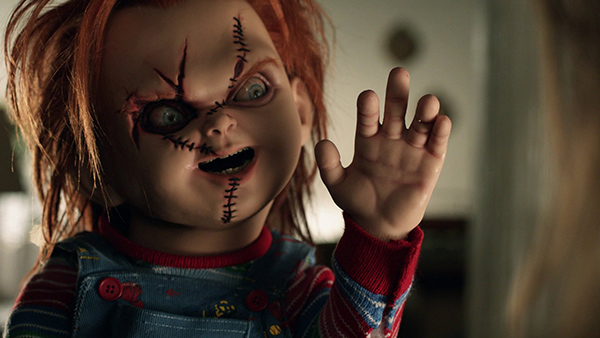
We have just completed the seven Child’s Play/Chucky movies. Barb liked all of them except the newest one, but I liked it, too. What makes Chucky perhaps the best of all these series (there are clinkers in all the other modern horror franchises that began with Halloween) is that an effort has been made to make each movie distinct as to setting and style. While all of the films are dark comedies, the first three are rather more traditional slasher pictures, despite the evil doll at their center. But with Bride of Chucky, things got overtly comedic yet ever darker, and the series knowingly jumped the shark in Seed of Chucky, with Curse of Chucky a knowing return to more scary form.
Here’s why Chucky is the best of these franchises: the same person has written all of them. That is something that Hollywood never allows. But Don Mancini has written them all and directed the last three (he’s a damn good director, too). Mancini and his partners create a continuity that, while wacky as hell, carries over from film to film. None of the other franchises even bother trying. In the world of Chucky, actors return. In Curse of Chucky and the current Cult of Chucky, the kid who played Chucky’s “friend forever” returns as an adult – the same actor. Jennifer Tilly, introduced in Bride, has been around ever since, to an admittedly varying degree, and she is a special effect her own self.
And like Robert Englund in the Nightmare films, actor Brad Dourif (whose daughter Fiona is excellent in the most recent two Chuckys) brings a cackling madness to the voice of the killer doll that makes him both amusing and frightening.
Here’s a nice little Quarry’s Climax write-up from Mystery People.
Finally, here’s another Wild Dog on Arrow TV article. I have the Blu-ray box of the current season, but still haven’t got round to watching it.
M.A.C.
